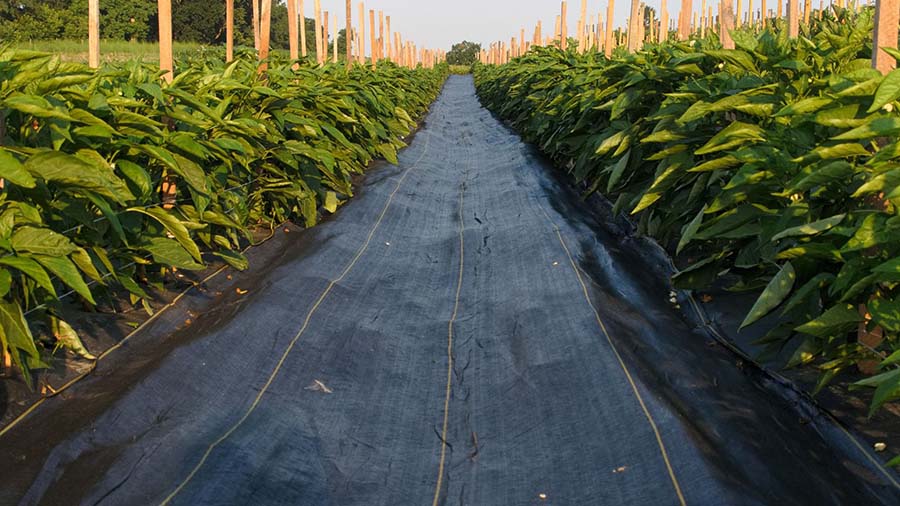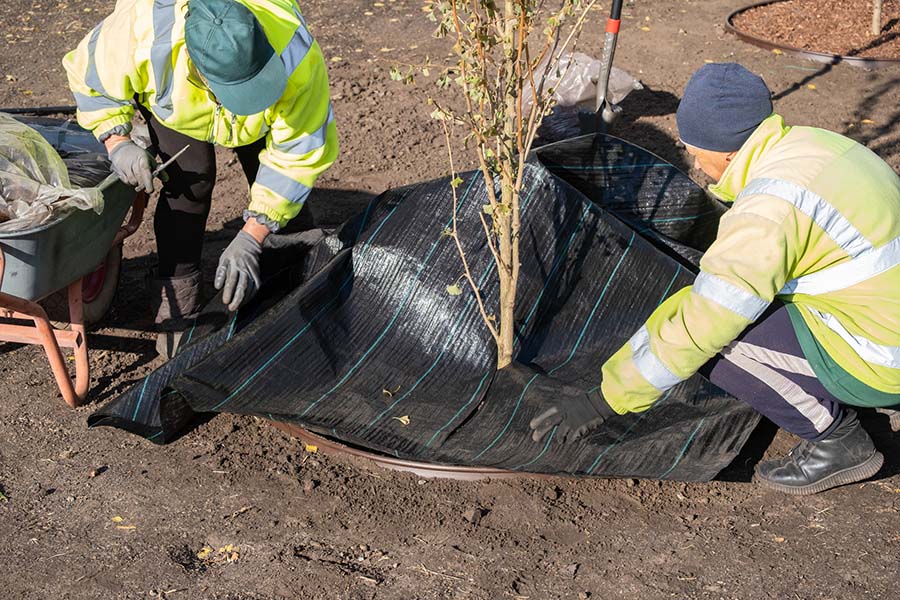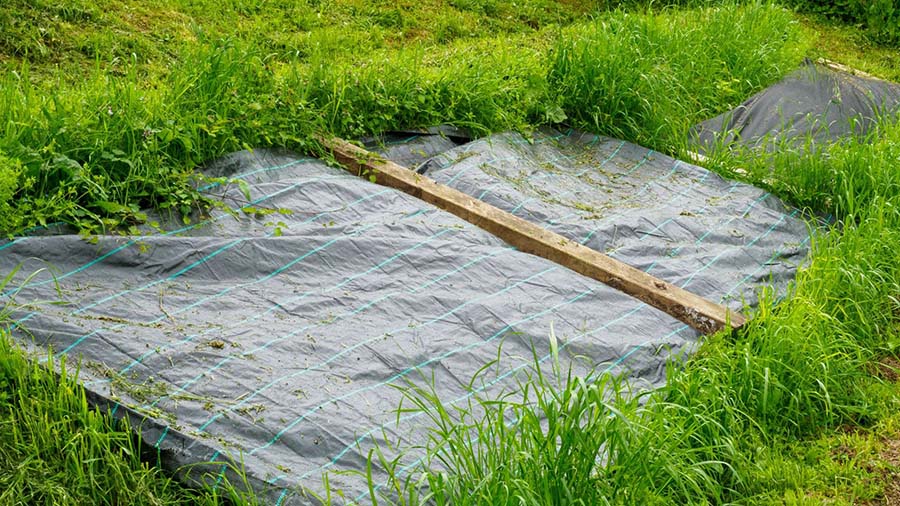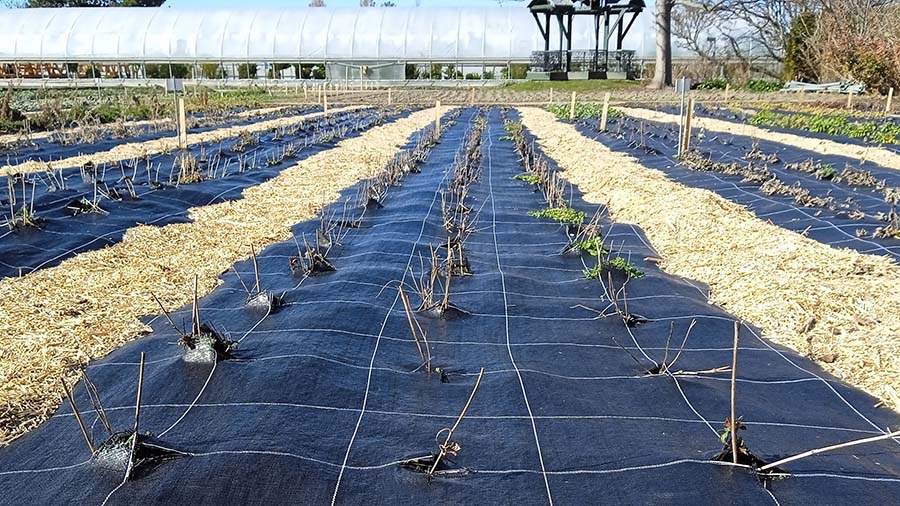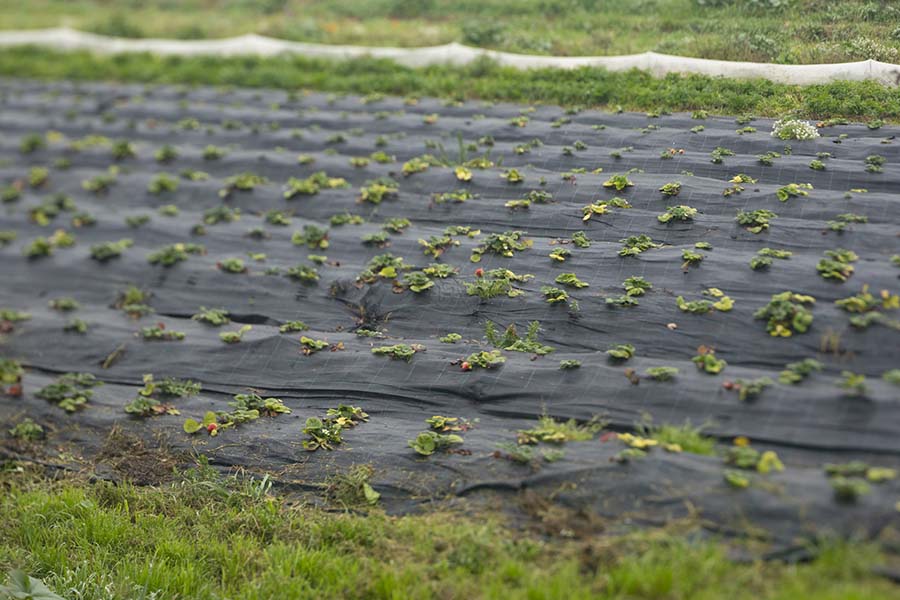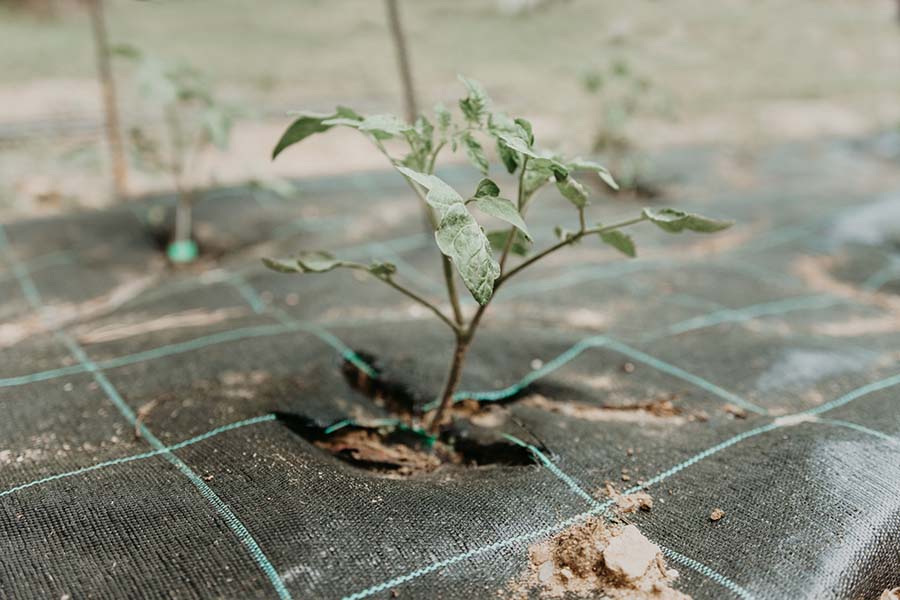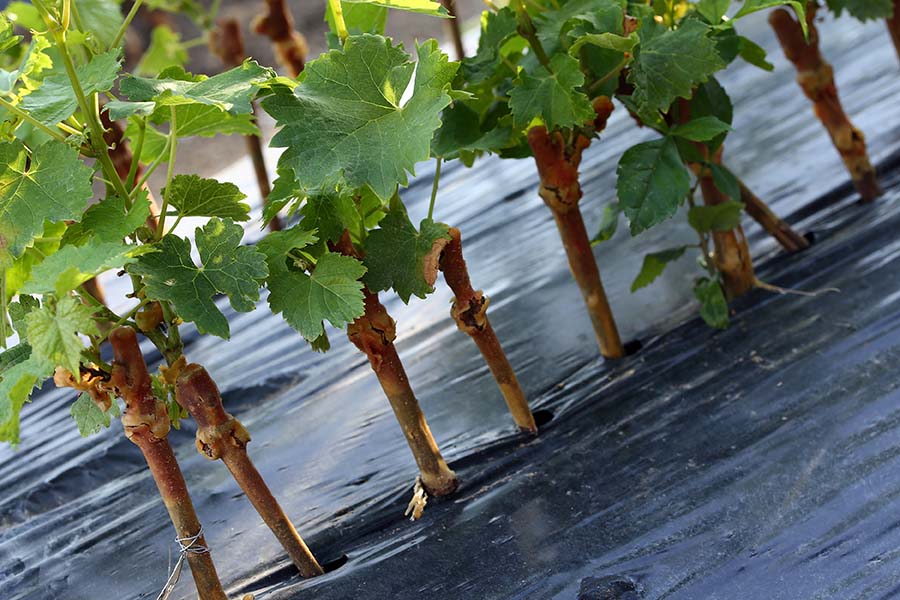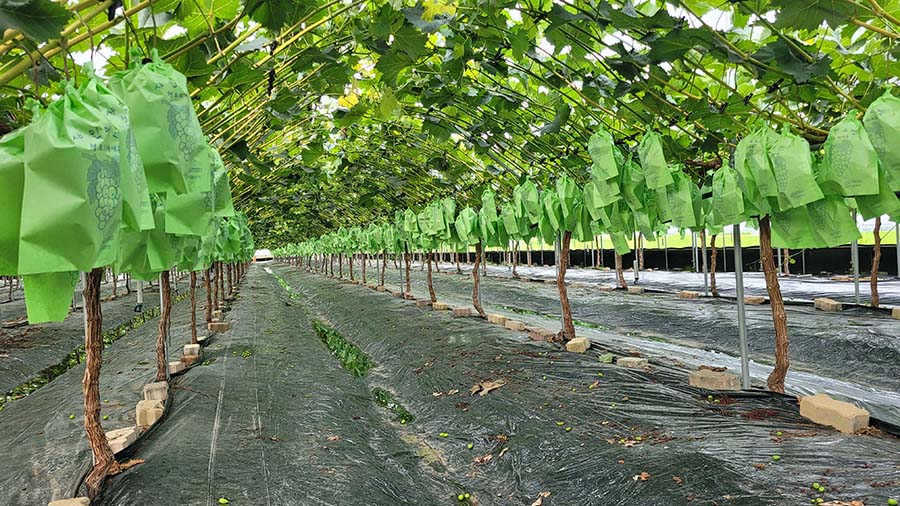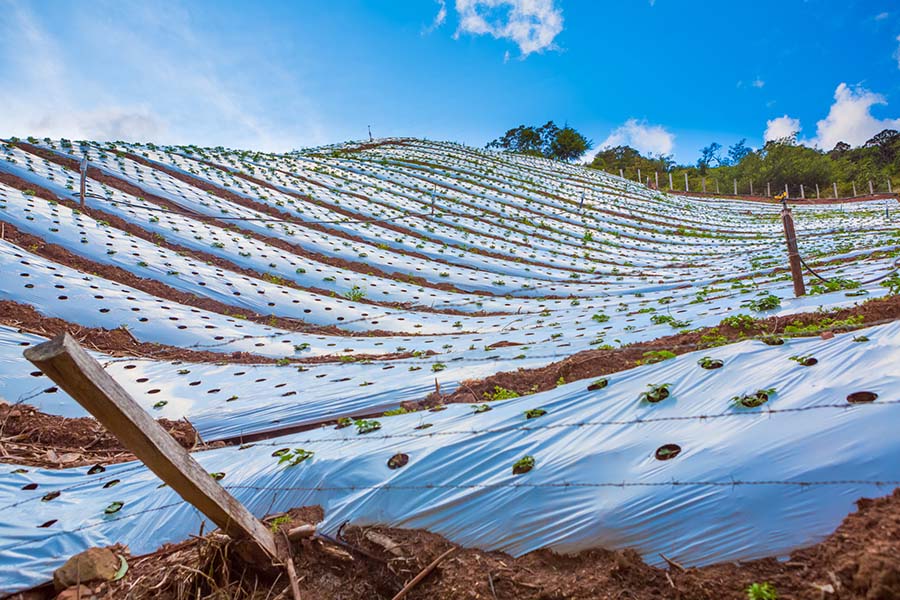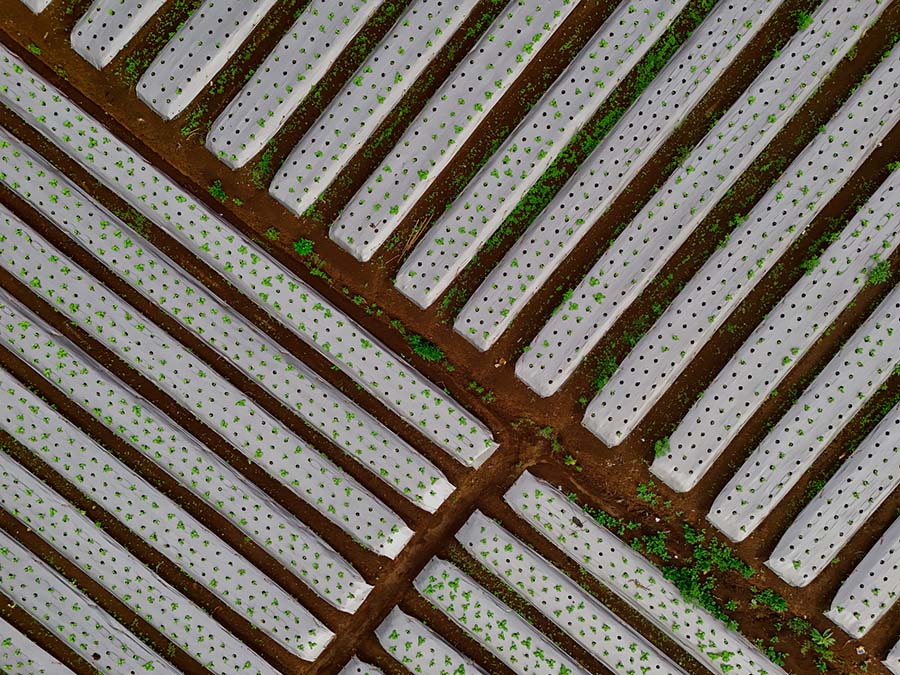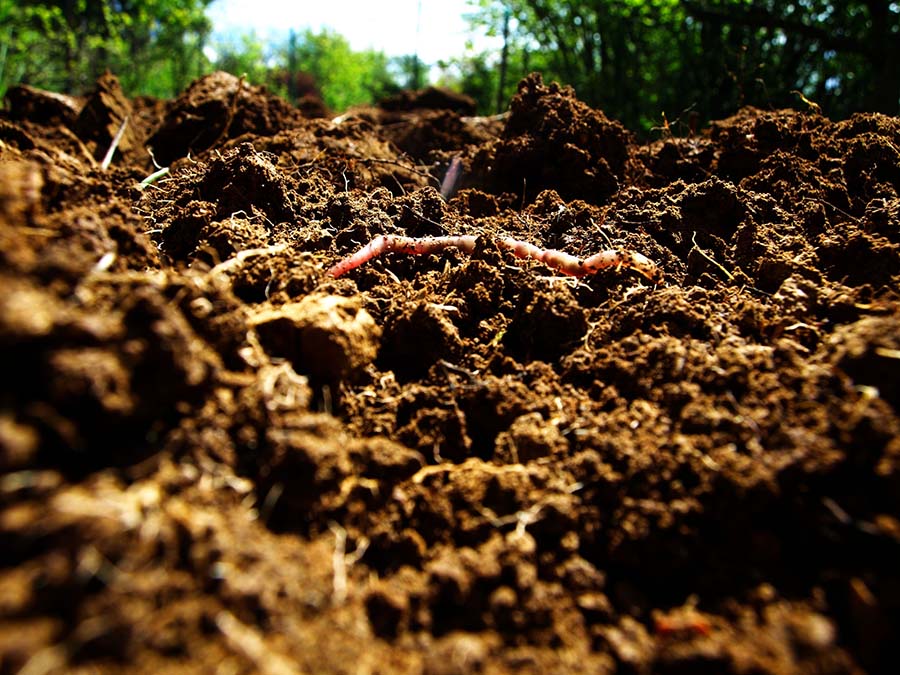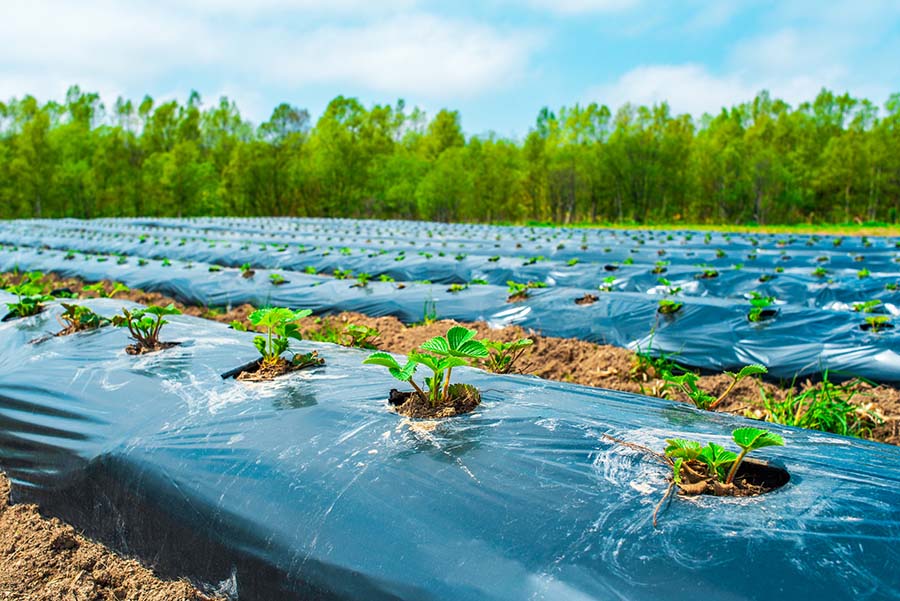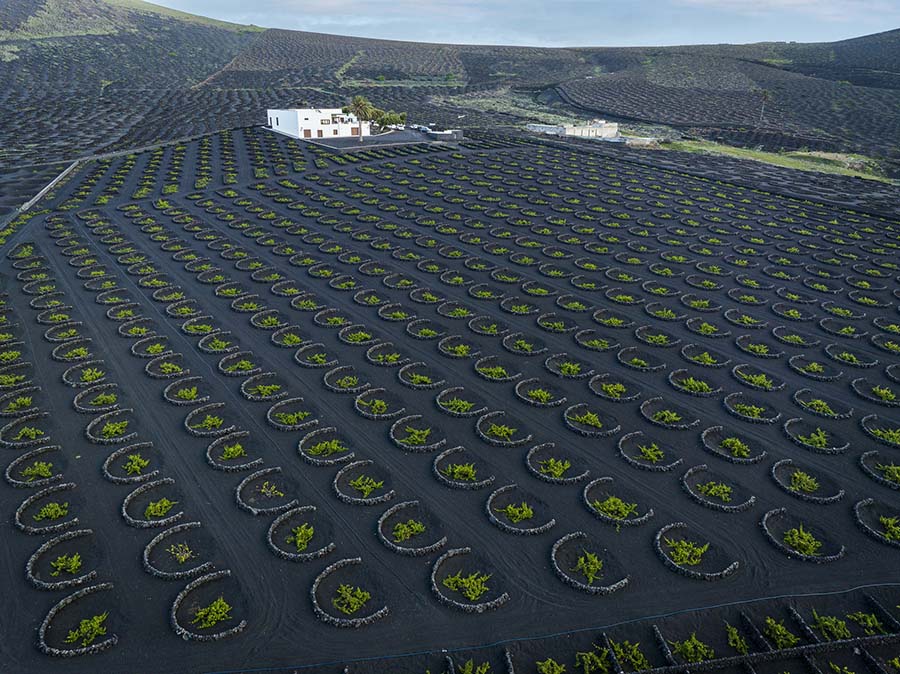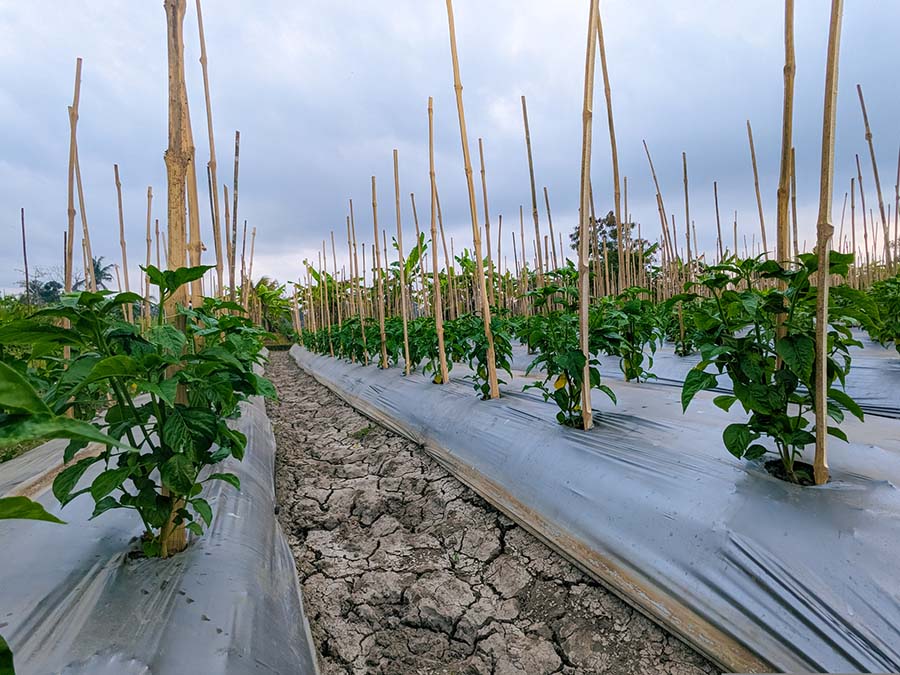Article Center
Beyond the Basics: Innovative Ways to Use Woven Geotextiles in Your Garden
Ready for a pleasant surprise? Discover some surprisingly effective uses for woven landscape fabric, from enhancing raised beds to managing soil temperature.
Gardening Ground Cloth Installation Made Easy: Your Step-by-Step Guide
Are you ready for a weed free garden? Follow our easy, step-by-step guide to measuring, laying, securing, and finishing woven garden fabric!
Putting Woven Landscape Fabric to Work in Your Garden
From weed-free garden beds to stable pathways, discover how slit-film woven landscape fabrics can improve your garden and save precious time and money!
The Science of Weed Blocking and More: How Woven Geotextiles Work Wonders
What makes woven landscape fabric so effective? Discover how it blocks weeds, promotes soil health, and provides long-lasting benefits for your garden.
What is Woven Landscape Fabric? Seeing, Understanding, and Appreciating the Difference
Unravel the mystery of split-film woven landscape fabric! Learn what it is, how it's made, and what makes it a superior choice for weed control.
Say Goodbye to Weeds: A Simple Solution for a Beautiful Garden
Tired of relentless weeding? Discover how woven landscape fabric offers a straightforward and effective solution for a thriving, low-maintenance garden.
Economic Viability & Environmental Sustainability
Considering the bottom line on agricultural ground covers? Understand true weed costs, ROI for agrotextile systems, product lifespan, durability & EOL options.
Putting Geotextiles to Work: Installation, Maintenance & Problem-Solving
Install and maintain your agrotextile system like a pro. Practical steps for laying, cutting and integrating advanced ground covers for top results.
A Practical Guide to Site Assessment and Product Selection
Don't gamble on agricultural ground covers! Make smart choices with this guide to site assessment and choosing the best slit film product for your crops.
Advancing Sustainable Agriculture: Reducing Inputs and Improving Yields
Rethink sustainable farming. Uncover how slit film wovens help slash water & herbicide inputs, enhance soil nutrient uptake & achieve higher quality harvests.
Enhancing Soil Health, Stability, & Crop Root Zone Conditions
Unlock the "no-till mimic" effect! Learn how slit film wovens build crucial soil organic carbon (SOC) & foster beneficial microbes for long-term fertility.
Woven Geotextiles for Strategic Weed Management
Are you winning the farm weed war? Discover how slit film wovens cut herbicide & labor needs, giving your crops the decisive upper hand. Long-term solutions.
Optimizing Water Use & Enhancing Irrigation Efficiency
Get more crop per drop! Uncover how slit film geotextiles enhance soil moisture, optimize irrigation, & significantly improve your Water Use Efficiency (WUE)
In-Depth Application Scenarios
Witness agrotextile systems in action! Examine real-world farm scenarios (vineyards, no-till veg) & get practical tips for common ground cover challenges.
The Engineered Advantage: Understanding Slit Film Woven Geotextiles
Don't settle for standard ground covers. Unpack the advantages of slit film woven geotextiles in modern agriculture – durability, controlled flow & more!
Maintaining and Inspecting Geomembranes in Coal Mining
Maintaining and inspecting advanced geomembranes for reliable containment and longevity in the coal industry, from extraction to disposal.
Advanced Geomembrane Solutions for Coal Mining Conditions
Do geomembranes matter in coal operations? Learn how advanced liner materials promote sustainability by protecting the environment and safeguarding resources.
Use-Case Scenarios For Geosynthetics in Mine Closure and Reclamation
How can BTL Liner’s geomembranes revolutionize coal mine closure and land reclamation? Explore how they can improve environmental restoration and safety.
Coal Facility Closure and Reclamation
Explore the role advanced geomembranes play in protecting the environment for future generations after coal facility closure and land reclamation.
Use-Case Scenarios for Advanced Coal Ash Management with Geomembranes
How are BTL Liners’ advanced geomembranes revolutionizing coal ash management to improve efficiency, meet regulatory standards, and protect our environment?
Advanced Coal Ash Management with Geomembranes
How do advanced geomembranes like BTL’s XR and RPE ensure safe, compliant management of coal ash and protect the environment. Learn the facts here.
Geomembranes in Coal Transportation and Storage
How do geomembranes promote safety and protect air quality during coal transportation and storage? Explore how they’re used to ensure regulatory compliance.
Use Cases: Geomembrane Applications in Coal Extraction and Processing
How do BTL’s advanced geomembranes enhance safety and efficiency in the coal mining industry? Discover their roles with these compelling use cases.
Geomembranes in Coal Extraction and Processing
Explore how geomembranes support critical coal mining needs like process water containment, stormwater management, dust control, and environmental safety.



